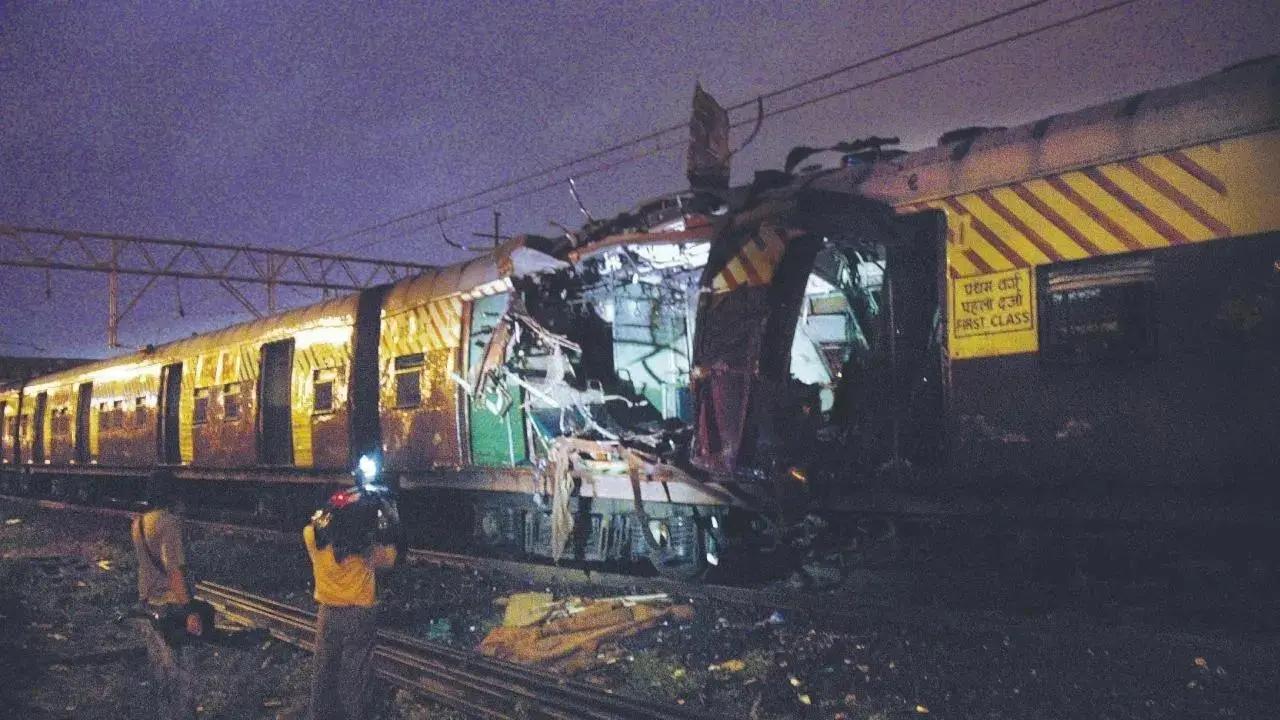2003 Mumbai Train Bombing: Unveiling lesser-known insights

The 2003 Mumbai train bombings left an indelible mark on the city, shaking its very core and altering the lives of countless individuals forever. Among the targeted locations was Mulund Railway Station, a bustling hub in the northeastern suburb of Mumbai. While the tragedy is well-documented, there are several lesser-known facts about the incident at Mulund Railway Station that shed light on its unique context and impact.
2003 Mumbai Train Bombing: Mulund Railway Station: A Strategic Target
Mulund Railway Station, although not as prominent as some of Mumbai`s major stations, held strategic significance due to its location on the Central line of the suburban railway network. The station served as a crucial transit point for thousands of commuters traveling to and from the city center and beyond. Its selection as a target underscored the attackers` intent to inflict maximum damage and disruption to Mumbai`s transportation infrastructure.
2003 Mumbai Train Bombing: Timing of the Attack
The bombing at Mulund Railway Station occurred during the evening rush hour, a time when trains are typically packed with commuters returning home from work or school. The attackers exploited this peak period of activity to maximize casualties and sow chaos and panic among the populace. The timing of the attack added to its tragic impact, leaving a lasting scar on the collective memory of the city.
2003 Mumbai Train Bombing: Impact on Mulund
The aftermath of the bombing reverberated throughout the Mulund community, leaving residents in a state of shock and mourning. Mulund, known for its close-knit neighborhoods and strong community bonds, rallied together in the face of adversity, offering support to the victims and their families. The station, once a symbol of everyday life and connectivity, became a somber reminder of the fragility of peace and the need for solidarity in times of crisis.
2003 Mumbai Train Bombing: Emergency Response and Rescue Operations
In the immediate aftermath of the bombing, Mulund Railway Station transformed into a scene of chaos and tragedy. Emergency responders, including police, firefighters, and medical personnel, rushed to the site to evacuate the injured and provide medical aid. The swift and coordinated response of these agencies helped save lives and mitigate further loss of life, underscoring the importance of preparedness and training in moments of crisis.
2003 Mumbai Train Bombing: Commemoration and Remembrance
In the years since the bombing, Mulund Railway Station has become a site of remembrance and reflection, with memorials and tributes honoring the memory of the victims. These commemorations serve as a reminder of the resilience of the human spirit in the face of adversity and the enduring impact of acts of terrorism on communities and societies.
2003 Mumbai Train Bombing: Conclusion
The 2003 Mumbai train bombing at Mulund Railway Station remains a tragic chapter in the city`s history, marked by loss, resilience, and remembrance. While the incident itself is well-documented, exploring the lesser-known aspects of the attack at Mulund Railway Station provides valuable insights into its unique context and impact on the local community. As Mumbai continues to heal from the wounds inflicted by that fateful evening, it also reaffirms its commitment to honoring the memory of the victims and working towards a future free from violence and terror.

Atul Tiwari is a seasoned journalist at Mumbai Times, specializing in city news, culture, and human-interest stories. With a knack for uncovering compelling narratives, Atul brings Mumbai’s vibrant spirit to life through his writing.





